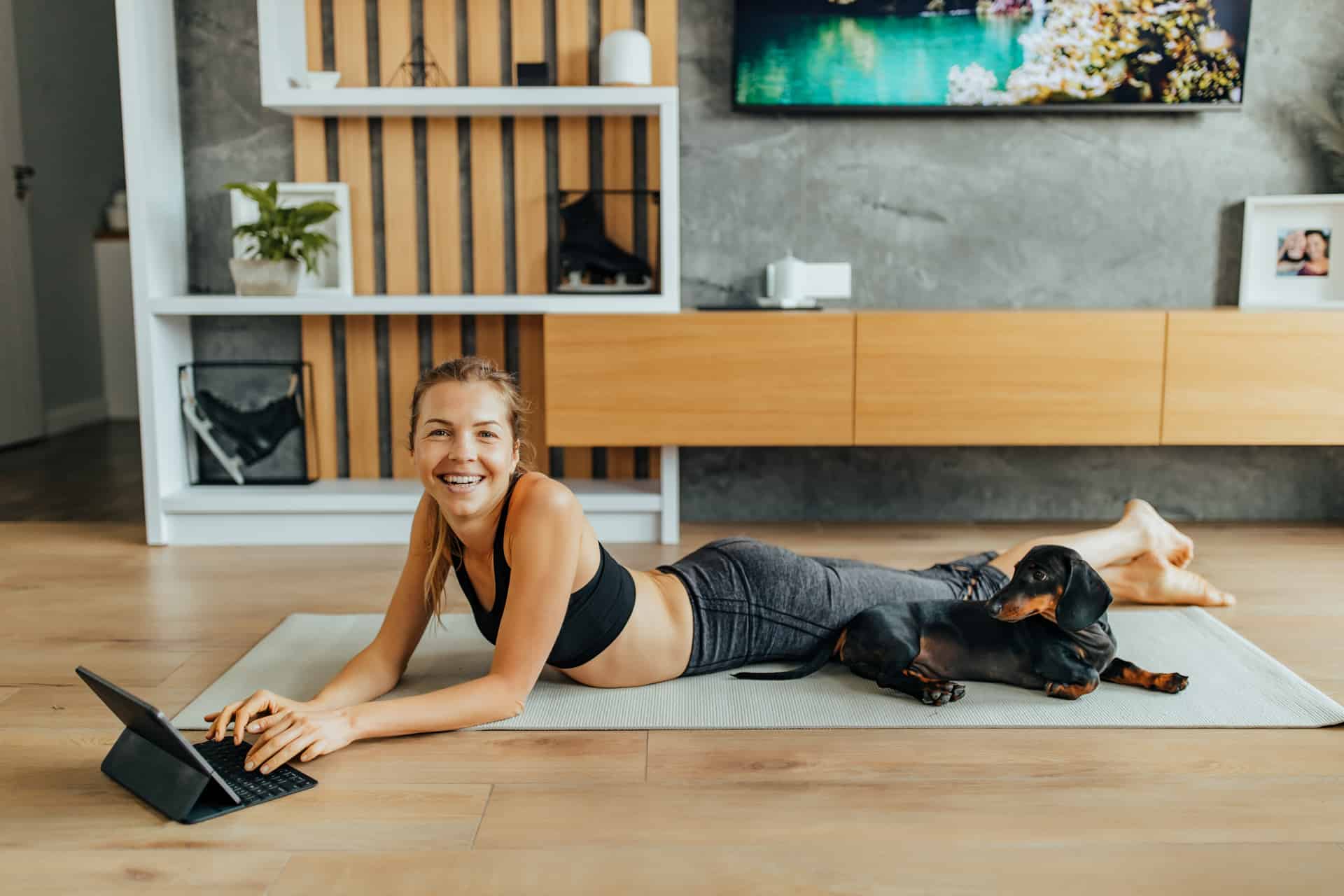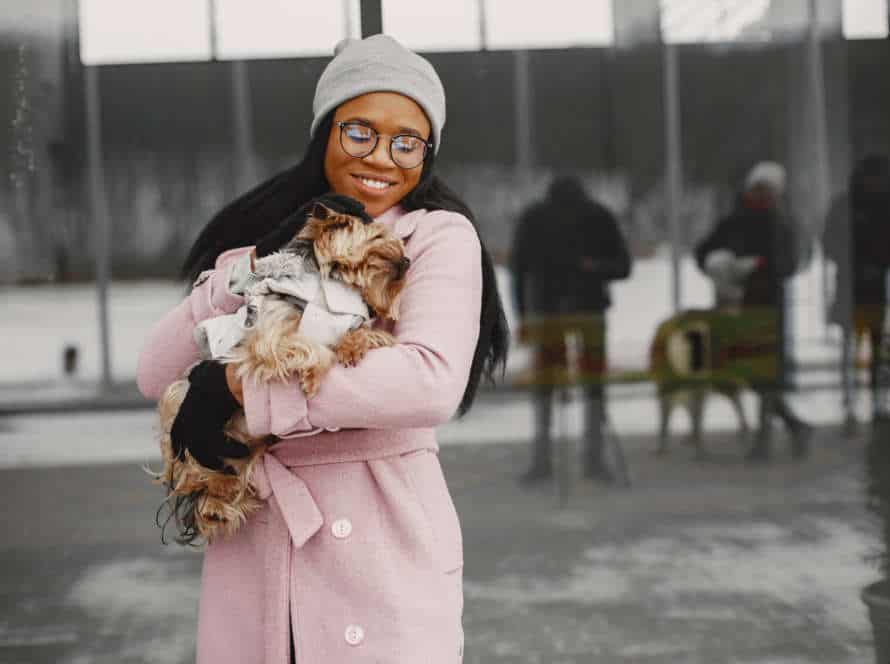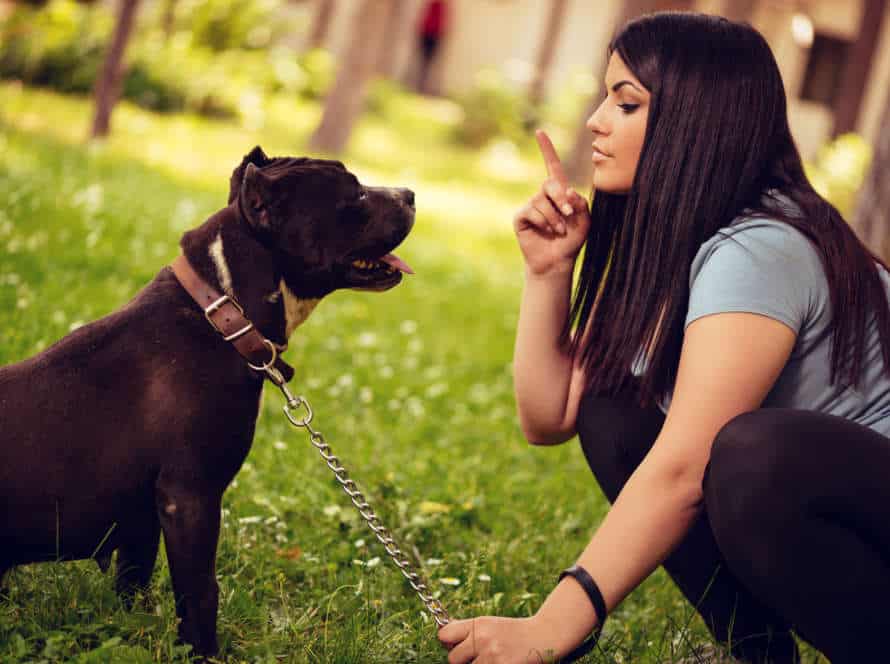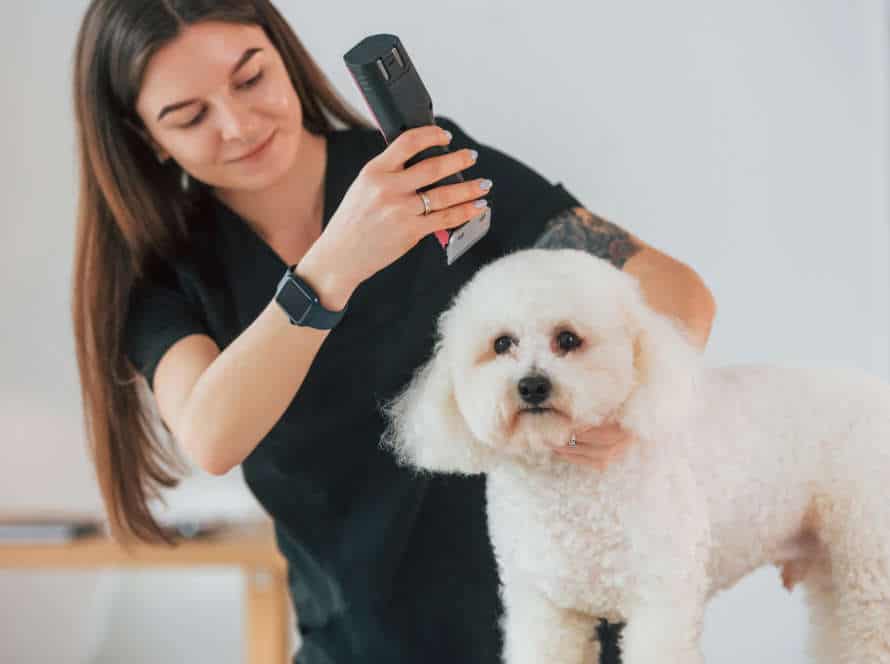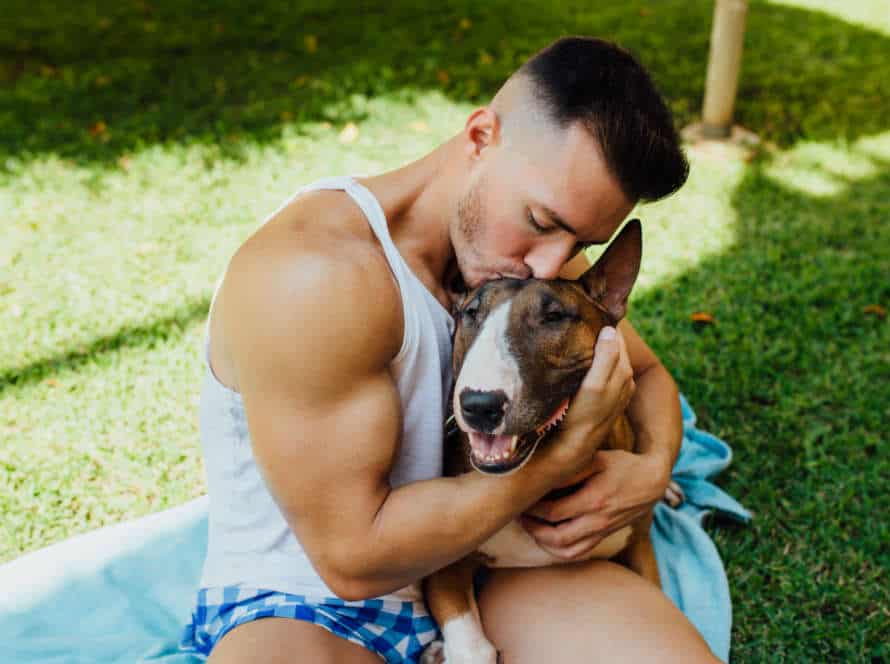Indoor Exercise Options for Apartment-Dwelling Dogs
Indoor exercise can be hard for dogs living in apartments. Outdoors may be off limits due to lack of space or location. But, there are plenty of innovative ways to keep your pup fit and content! In this article, we’ll look at the best options for apartment-dwelling dogs.
Puzzle Toys and Treat Dispensers
Puzzle toys and treat dispensers are great ways to keep apartment-dwelling dogs active. Both mentally and physically stimulating, they make sure your pup stays happy and healthy.
Puzzle toys come in all shapes and sizes. They are designed to test your pup’s problem-solving skills. Fill them with treats or kibble for a fun, rewarding experience. Pro tip: Start your pup off with an easy toy, then increase the difficulty as they get better.
Treat dispensers are a great way to keep your pup busy for hours. They release a small portion of treats when interacted with. Fact: Regular use of these toys can reduce problem behaviors like chewing and barking. Plus, your pup will sleep better.
Indoor Fetch and Tug-of-War
Exercising dogs in apartments can be difficult. But, you can keep your pup active and amused with indoor fetch and tug-of-war.
- Indoor Fetch: Use soft toys and balls to avoid harm to furniture. Begin with shorter throws and rise the distance as your dog gets better.
- Tug-of-War: Get a sturdy rope or toy and motivate your dog to pull. Establish rules so no aggression or damage happens.
These activities will help your dog mentally and physically, and will boost the bond between you and your pup. Supervise playtime always.
Pro Tip: If your apartment is smaller, use interactive toys or food puzzles to provide mental stimulation while saving physical space.
Agility Training in Limited Space
No need to skip agility training for your pup if you live in an apartment! There are plenty of indoor exercises to perfect their agility skills.
Here are some great ideas:
- Set up cones and hurdles on the stairs for your dog to jump through or around.
- Create a tunnel using blankets and chairs for your pup to practice crawling and agility.
- Use cushions or pillows to help your pup’s balance and coordination.
- Get creative with fetching and tossing toys around to evade obstacles.
- Teach your pup commands like ‘Stay‘, ‘Jump‘, ‘Roll‘ and ‘Crawl‘ to navigate obstacles in limited space.
These exercises are a great way to train your pup’s agility even in an apartment!
Pro tip: Providing enough physical activity and time spent with your pup can help reduce behavioral issues and promote physical and mental health.
Outdoor Exercise Options for Apartment-Dwelling Dogs
Live in a city? Limited outdoor activities for your pup? No problem! Creative solutions exist. Apartment-dwelling dogs can still get the exercise they need. Let’s explore some!
Finding Nearby Dog Parks or Hiking Trails
Living in an apartment doesn’t mean your pet has to miss out on outdoor exercise. Here are some tips to find nearby dog parks and trails.
- Google ‘dog parks’ or ‘hiking trails’ near you. Add keywords like ‘off-leash’ or ‘easy for dogs’ to get the most suitable ones.
- Search local Facebook groups centered on pets or dog owners. They can give useful info and ideas for parks and trails around you.
- Check pet stores and vet offices for dog-friendly outdoor spaces.
- Lastly, try apps like ‘BarkHappy’ and ‘AllTrails.’ They have a huge database of pet-friendly activities and can help you locate the best spots for your pup’s exercise.
With these tips, your apartment pup can stay healthy and happy with outdoor exercise!
Participating in Community Events for Dogs
Community events for dogs are an awesome way to give your pup socialization and exercise they need. Check out these popular activities:
- Doggy Dash: An annual 5K run or walk and 1-mile walk with your pet. It encourages fitness and partnership between dogs & owners.
- Bark in the Park: Usually a fundraiser for animal shelters or rescue organizations. Includes 1-mile walk, games, music & entertainment.
- Canine Carnival: Like a festival, includes food, games & activities. Raises awareness of responsible dog ownership & pet adoption.
Pro Tip: Consider your dog’s needs & temperament when participating in community events. Some may be anxious or overstimulated in noisy & crowded places. Keep your pup leashed & under control.
Activities to Try on Walks or Runs with Your Dog
Going for walks or runs with your pup is a great way to get closer and shake up your exercise routine. Here’s what you can do on your next stroll or jog with your furry pal, especially if you live in an apartment:
- Interval training: Change between moments of strong running or strolling with times of rest. It’s a brilliant way to burn calories and develop strength for both you and your pup.
- Fetch: Bring a ball or frisbee to play fetch. It adds more movement to your walk or run, and it’s a great way to bond.
- Training: Use your walk to teach your pup basic obedience commands. This helps to encourage good behavior and obedience.
- Obstacle course: Create a mini-obstacle course with items from your home or found on your walk. This helps to challenge your pup’s mind and build agility skills, while making it more fun.
Pro tip: When exercising with your pup, always bring lots of water, poop bags, and consider using a harness for added safety and control.
Daily Routines for Exercise and Mental Stimulation
Apartment-dwelling dogs can find it tricky to get enough exercise and mental stimulation. But with the right daily routines, these pooches can still be healthy and content. Here, we’ll investigate numerous ideas for exercise and mental stimulation for apartment-dwelling dogs.
From fetch to obedience training, there are lots of activities to keep your pup entertained and energetic. Let’s take a peek!
Creating a Consistent Walk Schedule
It’s important to create a steady walk schedule for apartment-dwelling pups for daily exercise and mental stimulation. Here’s how:
- Figure out your pup’s energy requirements based on breed and age.
- Plan two to three short walks/play times throughout the day, instead of one long one.
- Have a steady schedule of food, exercise and playtime. This helps promote better mental health.
- If you can’t provide enough exercise due to your work schedule, think about getting a dog walker or daycare service.
- Be ready for bad weather by having indoor activities like puzzle toys or treat-dispensing toys.
Pro tip: Keeping to a routine will support your pup’s mental health and help reinforce good habits like sleeping through the night and not barking too much during the day.
Incorporating Obedience Training into Daily Life
Incorporate obedience training into your everyday life! It’s great for providing exercise and mental stimulation to apartment-dwelling dogs. Here are some exercises to try:
- Basic Commands – Teach your pup sit, stay, come and heel. Use these commands in your daily life. For example, before giving them food or opening the door – ask them to do a command.
- Leash Walking – Take regular walks outside, using this time to practice leash walking and responding to commands when they’re distracted.
- Hide & Seek – Hide treats or toys around your apartment and encourage your dog to find them with commands like “find it”.
- Playtime – Incorporate games like fetch or tug-of-war into your daily routine. This is a fun way to bond with your pup and give them exercise & mental stimulation.
These simple obedience training exercises can keep your pup happy and healthy even in a small living space.
Using Meal Time as a Chance for Brain Games
Mealtime is a great way to provide mental stimulation for your pup living in an apartment. Here are some fun ideas:
- Hide-and-Seek: Hide kibble or treats around the apartment and let your pup find them.
- Puzzle Toys: Use treat balls or Kong toys filled with food to challenge your pup’s problem-solving skills.
- Obstacle Course: Set up an obstacle course using furniture, cushions or boxes. Your pup will jump, climb and weave through the obstacles.
- Slow Feeder Bowls: Use a slow feeder to make mealtime last longer and add more mental stimulation.
Brain games during mealtime are a great way to keep your pup happy and healthy!
Precautions to Take While Exercising Your Apartment-Dwelling Dog
Exercising your pup in an apartment can be tricky, as the limited space restricts running and playing. Before taking them outside, you must pay attention to safety measures. We will discuss the best ways to keep your dog secure while getting the exercise they need in this article.
Being Mindful of Other Apartment Residents or Neighbors
Exercising your pup in an apartment or shared living space? Keep your neighbors in mind. Here are some tips to help:
- Keep the noise down: Dogs bark, whine, and make other noises while exercising. Try to take your dog out in the early morning or late evening when people are less likely around.
- Use a leash: When walking your dog outside or in apartment hallways, make sure it’s leashed and under control. This prevents jumping on people, fights with other dogs, or running into cars or bikes.
- Indoor exercises: Have your dog do hide and seek, fetch with soft toys, and tug of war. These don’t need much space.
- Pick the right breed: If you plan to keep a pup in an apartment, pick a smaller breed like Chihuahua or Bichon Frise.
Pro tip: Be considerate and make sure your pup isn’t causing any disruption while exercising.
Keeping Your Dog Safe in Crowded Outdoor Spaces
It’s essential to keep your pup secure in bustling open-air areas, particularly in case you’re living in an apartment with limited workout options. Here are several safety measures to take while exercising your apartment-dwelling doggo:
- Use a tough leash: Ensure your pup is on a solid leash that won’t snap in case it gets agitated or excited.
- Keep your dog close: Keep your pup close to you and abstain from allowing it to meander excessively far away, as this can raise the danger of mishaps or assaults.
- Be aware of your surroundings: Be vigilant for potential perils, such as cars, bikes, and other animals in the region.
- Choose the right time: Dodge taking your dog out during pinnacle hours when there are typically more people and pooches around. Early mornings or late evenings are generally the best times to exercise your pup in packed outside spaces.
These exercise solutions for apartment-dwelling doggos let you give your furry pal with the exercise they need while keeping them secure in bustling outdoor spaces.
Knowing When it’s Time to Take a Break from Exercise.
Know when to take a break from exercise; it prevents injuries and burnouts. Signs of needing a break:
- Soreness that lasts more than two days.
- Feeling excessively tired or sleepy, even after a good night’s sleep.
- Lack of motivation or no excitement.
- Injury or pain.
- Extreme weather – excessive heat or cold.
Taking a break doesn’t mean being lazy. It’s your body’s way of saying “rest”. Resume the routine when ready.
Frequently Asked Questions
Q. What are some exercise solutions for apartment-dwelling dogs?
A. There are several exercise solutions for apartment-dwelling dogs such as indoor games, brisk walks, agility training, stair climbing, and playing fetch.
Q. How often should I exercise my dog if I live in an apartment?
A. Most dogs require at least 30 minutes to an hour of exercise every day. However, the frequency and duration of exercise may depend on the dog’s breed, age, and overall health. Consult with your veterinarian to determine a suitable exercise routine for your dog.
Q. Can I use interactive toys to exercise my apartment-dwelling dog?
A. Yes, interactive toys can be helpful in providing exercise and mental stimulation to your dog. Toys like treat-dispensing puzzles or obstacle courses can challenge your dog and keep them engaged while indoors.
Q. Can I walk my dog in the apartment complex’s common space?
A. It’s always a good idea to check with your apartment complex’s rules and regulations regarding walking pets in common areas. Some complexes may have designated areas or specific times for pet walking.
Q. How can I prevent my apartment-dwelling dog from getting bored during exercise?
A. Dogs can get bored from doing the same thing repeatedly. Change up the exercises and games, try new toys and play with your dog to keep them mentally and physically stimulated.
Q. What are some signs that my dog may need more exercise?
A. Signs that your apartment-dwelling dog may need more exercise include excessive barking, destructive behavior, weight gain, and restlessness. Consult your veterinarian to rule out any underlying medical conditions before increasing your dog’s exercise routine.

